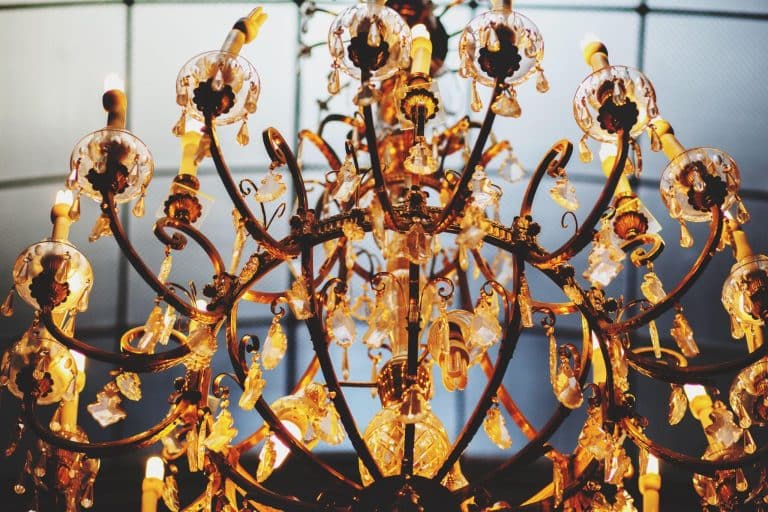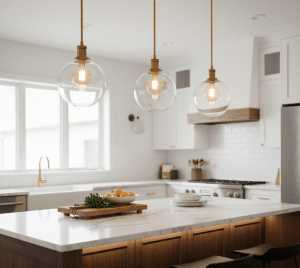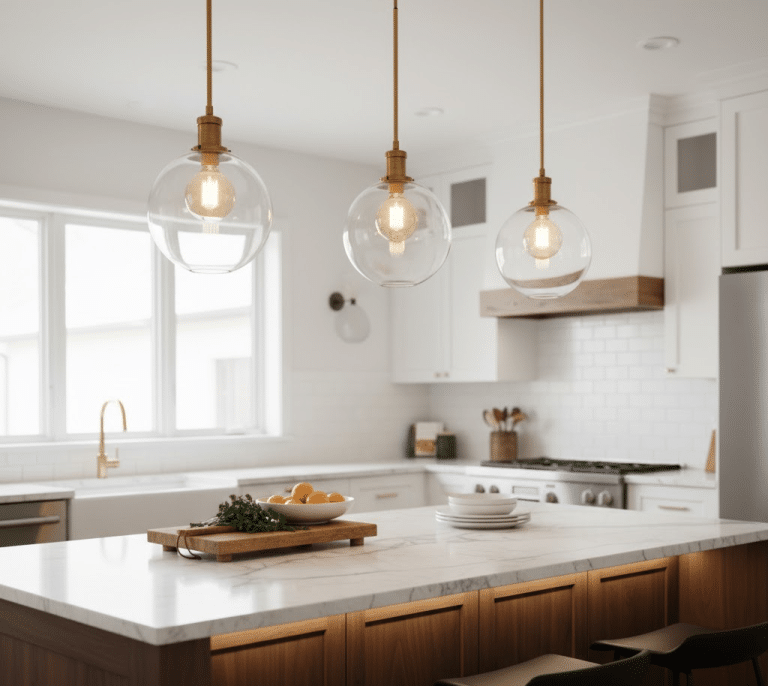A statement chandelier serves as the architectural centerpiece of a room. It draws the eye upward and defines the character of the space below. The process of commissioning and installing custom-made chandeliers for luxury homes involves more than aesthetic choice.It requires careful planning to ensure safety, function, and visual harmony.
Understanding the technical requirements from the start makes the entire process smooth. This guide offers practical steps for integrating a significant lighting fixture into your home’s design.
Assess Structural and Electrical Foundations
The first step involves looking beyond the fixture’s appearance. You must confirm your home can support its physical and electrical demands. This foundational work prevents problems and ensures a secure installation for years to come.
Verify Ceiling Support
A chandelier’s weight is a primary safety concern. Standard ceiling electrical boxes are typically rated to hold 50 pounds. Many large or material-heavy chandeliers far exceed this limit. An electrician or a structural engineer needs to inspect your ceiling joists.
They can determine if the existing structure is adequate. If not, they will install a support system. This often involves adding a fan brace or wood blocking between the joists. This reinforcement distributes the weight and provides a secure anchor point for the heavy fixture.
Plan for Electrical Needs
A large chandelier may require more power than an existing fixture. You should consult a qualified electrician to evaluate your home’s wiring. The electrician will confirm the circuit can handle the chandelier’s total wattage without overloading.
They will also install the correct type of electrical box. A heavy-duty box, secured directly to the reinforced framing, is essential for a safe installation. This is also the time to consider dimmer switches. Dimmers provide control over light intensity, allowing you to adjust the room’s mood.
Choose Materials That Complement Your Space
The materials of a chandelier influence its style, weight, and the quality of light it produces. Your selection should align with your home’s architectural elements and interior design. Each material offers a different visual and atmospheric effect.
Consider these standard material options:
- Crystal: Classic and elegant, crystal refracts light to create a sparkling effect. It works well in formal dining rooms and grand entryways where brilliance is desired.
- Glass: Available in many forms, from hand-blown art glass to simple modern shapes. Glass can be transparent, colored, or frosted to diffuse light softly.
- Alabaster: This natural stone provides a warm, gentle glow. Light filters through the stone’s veining, creating a subtle and calming atmosphere. Alabaster is heavy, so structural support is very important.
- Metal: Materials like brass, bronze, and polished nickel add structure and warmth. The finish of the metal can tie the chandelier to other fixtures and hardware in the room.
The material choice affects the fixture’s maintenance needs. Crystal may require regular cleaning to maintain its sparkle. Metals may develop a patina over time, which can be a desirable quality. Think about the long-term appearance you want to achieve.
Determine the Right Size and Placement
Proper sizing and placement ensure the chandelier looks balanced within the room. A fixture that is too large can overwhelm a space. A fixture that is too small can appear insignificant. Simple formulas can guide your decisions.
Calculate the Correct Diameter
For a primary room like a living room or bedroom, you can find a suitable diameter with a simple calculation. Add the room’s length and width in feet. The sum, converted to inches, is a good starting point for the chandelier’s diameter. For example, a 15-foot by 20-foot room suggests a chandelier with a 35-inch diameter.
For dining room chandeliers, the table is your guide. The chandelier’s diameter should be one-half to two-thirds the width of the dining table. This proportion ensures the fixture illuminates the table without feeling oversized.
Set the Proper Hanging Height
The hanging height is critical for both aesthetics and function. In a foyer or open living space, the bottom of the chandelier should be at least seven feet from the floor. This provides adequate clearance for people walking underneath. If you have a two-story entryway, hang the fixture so its center aligns with the second floor.
Over a dining table, the rules are different. The bottom of the chandelier should hang 30 to 36 inches above the tabletop. This height illuminates the surface without obstructing views across the table. It creates an intimate dining setting.
Conclusion
Integrating a large chandelier successfully depends on a few key actions. You must first verify the structural and electrical capacity of your home. Next, you select materials that harmonize with your interior design. Finally, you calculate the correct size and placement to achieve visual balance.
By addressing these practical considerations, your chandelier becomes a beautiful and functional element of your home’s architecture. This thoughtful planning ensures the final result is both impressive and appropriate for the space.













